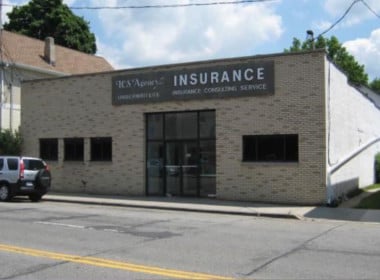How to get a Mortgage in 7 Simple Steps
- March 02, 2016
- residential real estate, Tips, Mortgage
- 0

After deciding to buy a home, the next step is figuring out a way to pay for it. If you are unfamiliar with how to get a mortgage, our seven simple steps will put you on the path to homeownership in no time.
How to get a Mortgage to Finance Your Home
Improve Your Credit Score
Since your credit score is a crucial factor in qualifying for a mortgage, a good place to start is to know where you stand. Everyone is entitled to one free credit report per year from each of the three major credit report companies.
Once you know your credit score, you can work to improve it by paying off or paying down your debts. While you can’t erase all your past credit mistakes, having less outstanding debt will improve your overall credit score.
If you are a millennial home buyer who has student loan debt, consider consolidating or refinancing it.
Once you have recognized the importance of your credit score, it pays to be financially prudent until after you have moved in.
Know Your Budget
Next, you should calculate your budget to determine what real estate you can afford. Examine these four major areas of your budget first.
- Income
- Cost of living expenses
- Monthly debt payments
- Down payment
This free online mortgage calculator can show you how much your monthly payments might be. Then, you can worry about how to get a mortgage.
Choose a Mortgage Type
Like houses, mortgages are not one size fits all. Depending on your financial history, the home’s price or other factors, you will want to find a mortgage that suits your financial situation. You can choose from seven different types of loans.
- Conventional Loans
- Conforming Loans
- Non-Conforming Loans
- Secured Loans
- Unsecured Loans
- Open-ended Loans
- Close-ended Loans
Speak to Brokers and Lenders
As a homebuyer, you have the option to deal directly with a lender or work with a mortgage broker. Mortgage brokers perform much of the legwork, but they usually charge a fee of one to two percent of the loan amount. If you choose to work directly with a lender, factor in some extra time for shopping between lenders.
Double-check Your Credit
Before applying for a mortgage, go over your credit history with a fine-toothed comb. If there are any disputes, now is the time to set the record straight.
Prepare Your Paperwork
As you apply for a mortgage, you will need to have everything in order, including, at the very least, these documents:
- Two forms of government identification
- Two years of tax returns
- Two years of income statements
- Proof of all assets, including automobiles and investments
- List of all debts, including credit card, student loan and car loan
Pre-Approval Paves the Way
Lenders can offer borrowers a pre-qualification letter before you start shopping for a home. While this letter doesn’t guarantee a home loan, it can speed up the buying process when you choose your new property.
As you search for your residential properties on Long Island, simply knowing how to get a mortgage will put you a step ahead of other buyers.








